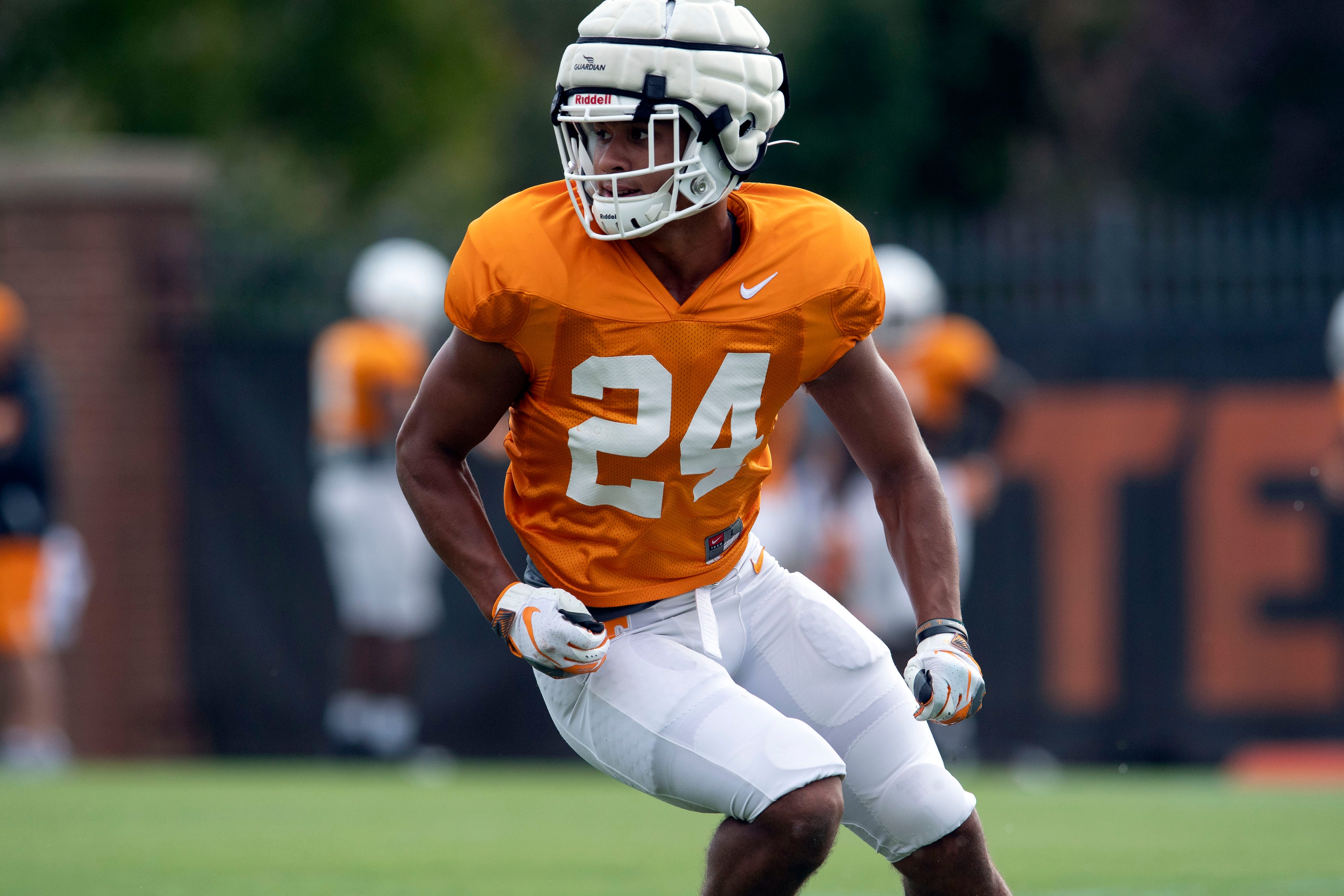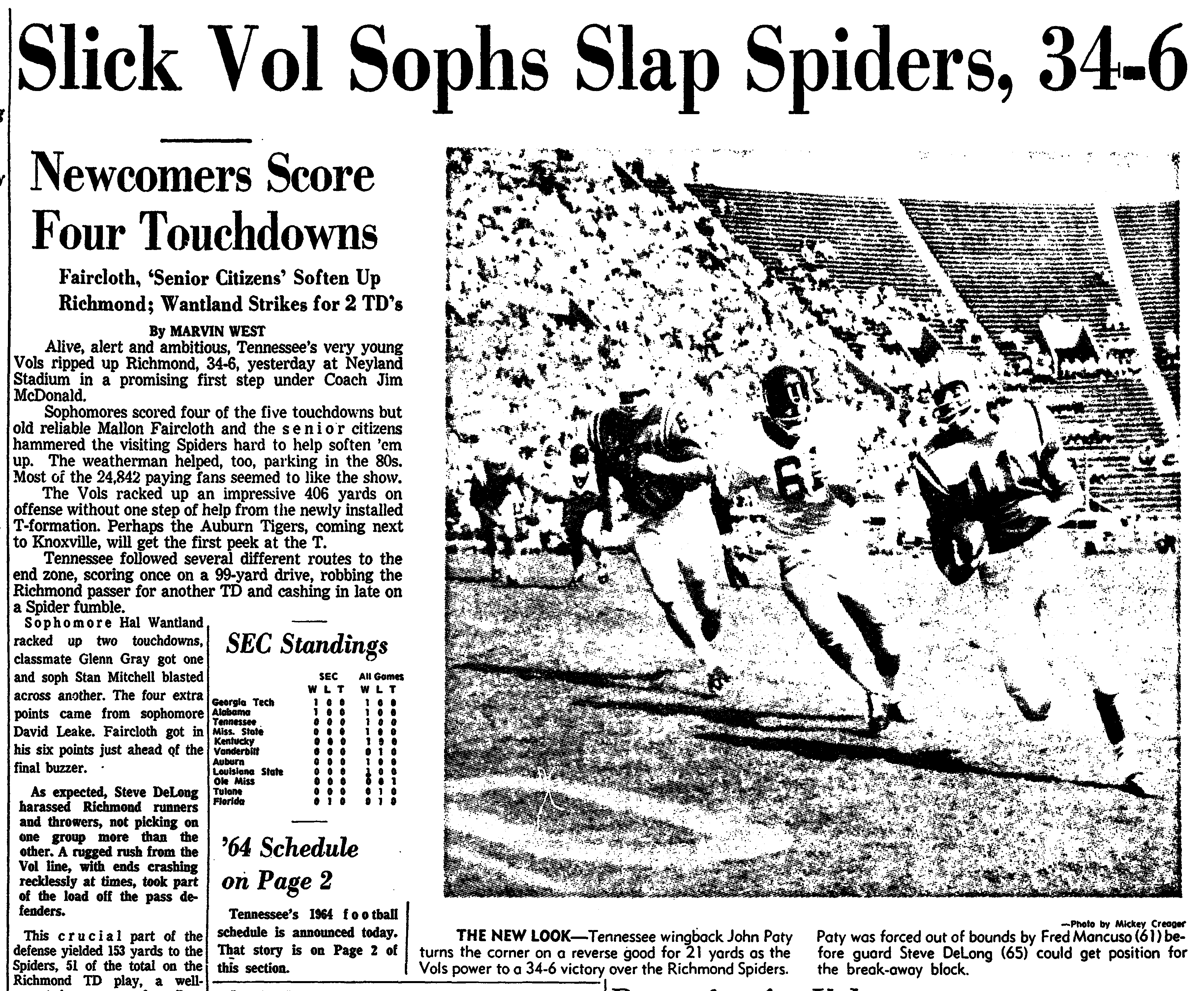


#KNOX NEWS SENTINEL PHOTO CONTEST DRIVER#
Meyer (unrelated to fellow driver Louis) and Place finish in the red #22 only four minutes behind winner Frame. Three of the Studebaker entries finished the 1932 ‘500’.īergere and his riding mechanic Vern Lake led the Studebaker team with a third The radiator for the overheated Miller engine. Speed of 104.144 MPH despite the necessity for six pit stops to add water to Frame, with riding mechanic Jerry Houck won the 1932 ‘500’ by a lap over Howdy Wilcox II with a new record average The 153rd lap and led the rest of the way. Raced again, reportedly at the urging of his wife.ģ6-lap duel with Wilbur Shaw, Fred Frame in ‘Miller-Hartz 2’ took command on
Suffered a broken pelvis while Arnold broke his collar bone, but Arnold never Their 59th lap after the car slid in oil while they lapped Pete Kreis’ car and hit the wall injuring both driver and mechanic for the second year in a row. That it would be another runaway by Billy Arnold and Matlock in ‘Miller-Hartz 1’Īs they took the lead of lap 2 and proceeded to lap the field.Įerie repeat of the previous year, Arnold and Matlock crashed in turn three on On Decoration Day Monday May 30 1932, it initially appeared Ran ten laps at an average speed of 110.745 MPH to start 38th in the 40-car Qualified on the eighth and final day of times trials, on Saturday May 28th and Zeke Meyer in the final Studebaker Corporation entry, Seventeenth fastest at 110.270 MPH while Gulotta posted a 108.896 MPH average and Johnson’s four-lap run of 111.218 MPH which placed the #46 Studebaker Of time trials, Saturday May 21 and Bergere led the team in qualifying as the Peter Kreis is his Studebaker for the 1932 '500' at the right of this photo of the team courtesy of the IUPUI University Library Center for Digital Studies Indianapolis Motor Speedway Collectionįour of the Studebaker team cars qualified on the first day The pit stops” per the Indianapolis News. One of the team cars reportedly at an average speed of 102.6 MPH “exclusive of Gulotta and Johnson drove a combined 660 miles in Opened for practice, on Sunday May 1 the team ran a test led by manager andĬhief Engineer George Hunt. President passenger car color – silver, black, blue, red and green. The cars were each painted in a different Studebaker

Gulotta, the 1931 driver, Luther Johnson, Zeke Myer, Cliff Bergere and Albert The driver lineup for the Studebaker team included Tony Hunt designed an intake manifold fitted with four Studebaker single-throatĬarburetors, supplemented with an aftermarket exhaust manifold and magneto whichīoosted engine output from 110 to 175 horsepower. Rigling built the chassis and Pop Dreyer built the two-man bodies.
#KNOX NEWS SENTINEL PHOTO CONTEST MANUAL#
Studebaker President engines, 3-speed manual transmissions, front and rear axles, brakes and steeringĬomponents. The factory supplied the 336 cubic-inch, L-head, 8-cylinder Well enough in the 1931 ‘500,’ that the Studebaker Corporation hired Rigling to A year earlier, prolific Indianapolis raceĬar builder Herman Rigling built one car for Ab Jenkins and Studebaker chiefĮngineer George Hunt that used a Studebaker Commander straight-eight engine,Īlthough it crashed out on lap 167, the car performed Of automaker involvement under the “junk formula” came true in 1932 with the Indianapolis Motor Speedway owner Eddie Rickenbacker’s dream Hartz installed a 182- cubic inch straight-8 Miller engine in the chassisĪnd entered ‘Miller-Hartz 2’ in the 1932 International 500-Mile Sweepstakes. Kreis in 1929) to Harry Hartz, who had metalsmith Phil Summers build a two-manīody. The photo from the IUPUI University Library Center for Digital Studies Indianapolis Motor Speedway Collection shows Pete Kreis, left shaking hands with Henry Ford in 1932įollowing the 1931 Indianapolis 500-mile race, at Cliffĭurant’s direction, Tommy Milton sold the ‘Detroit Special’ (last raced by


 0 kommentar(er)
0 kommentar(er)
